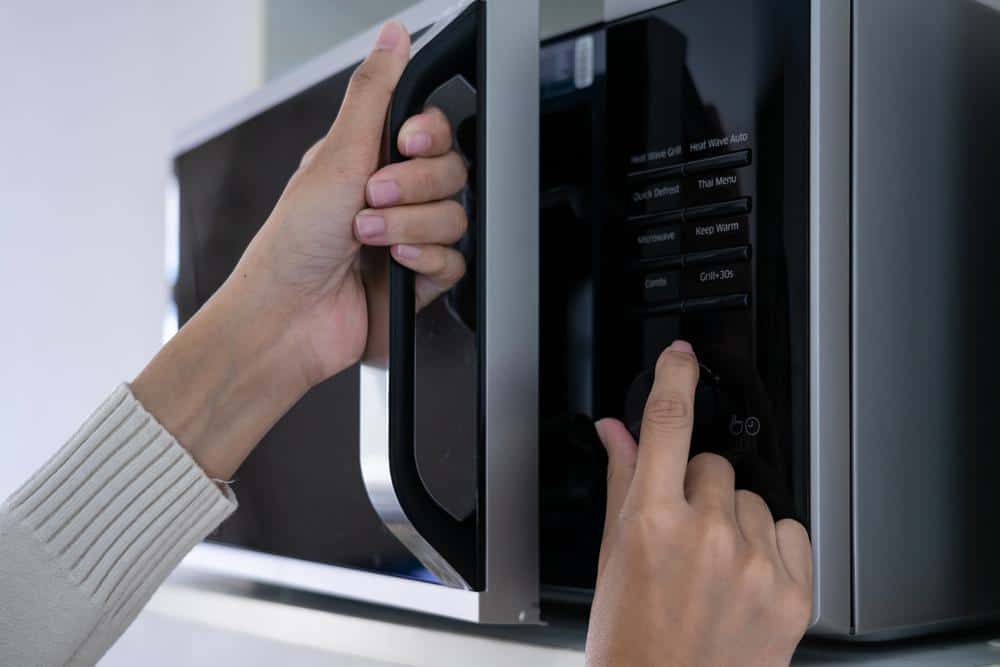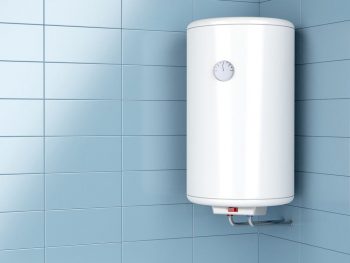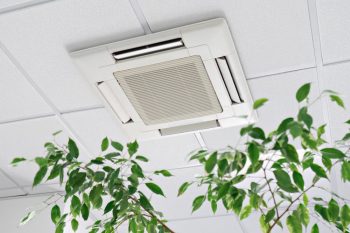
In today’s modern kitchens, appliances and their various components can sometimes disrupt the aesthetic flow we desire. One such component is the microwave vent. This article is designed to provide you with a comprehensive guide on how to hide a microwave vent effectively, ensuring you maintain a sleek, clean look in your kitchen.
To hide a microwave vent, first measure the dimensions of the microwave and vent. Choose a vent cover or custom cabinet that fits these dimensions and matches your kitchen design. If using a cabinet, cut a channel in the back for the vent and add a door to conceal the microwave. If venting externally, install the ductwork according to the manufacturer’s instructions. Install the vent cover or cabinet over the microwave, ensuring enough space for proper ventilation. Always follow safety precautions and manufacturer’s guidelines.
Why Hide a Microwave Vent?
There are several reasons why you might want to hide your microwave vent. Aesthetically, a visible microwave vent can be an eyesore, distracting from the overall design of your kitchen. Hiding the vent allows for a more seamless and visually appealing look. Functionally, concealing the microwave vent can create an uninterrupted flow of upper cabinets, maintaining clean lines throughout the kitchen and making the space appear less cluttered. Additionally, hiding the microwave vent can improve ventilation and air quality in your kitchen, particularly if you opt for a dedicated range hood instead of a venting microwave.
Essential Tools and Materials
Before diving into the process, you will need to gather the necessary tools and materials. These include:
- Measuring tape
- Drill
- Saw or jigsaw
- Screws and anchors
- Vent cover or custom cabinet (depending on your preference)
- Ductwork (if needed for external venting)
- Metallic tape (for sealing duct connections)
Step-by-Step Instructions to Hide a Microwave Vent
Here are the step-by-step instructions on how to hide a microwave vent:
- Measure the dimensions: Measure the dimensions of the microwave and the vent to determine the size of the cover or cabinet needed.
- Choose a vent cover or custom cabinet: Select a vent cover or custom cabinet that matches your kitchen design and fits the dimensions of the microwave and vent.
- Cut out a channel: If you’re using a custom cabinet, cut a wide channel in the back to allow the microwave to vent properly.
- Install the ductwork: If you’re venting the microwave externally, install the ductwork according to the manufacturer’s instructions and local building codes. Seal the duct connections with metallic tape.
- Install the vent cover or custom cabinet: Install the vent cover or custom cabinet over the microwave, ensuring that there is enough space for proper ventilation.
- Add a door: If you’re using a custom cabinet, add a door to conceal the microwave when not in use.
Remember to read the paperwork on your microwave to understand its ventilation requirements, as some microwaves have vents on the side or back that need room for aeration. Always follow the manufacturer’s guidelines and local building codes when installing and hiding a microwave vent.
Safety Precautions
When hiding a microwave vent, it is crucial to keep safety precautions in mind to ensure proper ventilation and avoid potential hazards. Always ensure there is enough space around the microwave for air circulation. A minimum of three inches of space on all sides is typically recommended. Regularly clean the vents and filters to maintain optimal performance. If you are unsure about any of the steps or safety precautions, consult with a professional contractor or electrician to ensure proper installation and ventilation.
Creative Ways to Hide a Microwave Vent
If you’re looking for more creative and aesthetically pleasing ways to hide a microwave vent, consider building a DIY faux vent hood or a vent hood cover from scrap wood for a farmhouse look. Alternatively, modify an existing cabinet or incorporate the microwave into custom cabinetry for a seamless look.
Conclusion
Hiding a microwave vent can be a practical and aesthetically pleasing solution for improving the look and functionality of your kitchen. By following the steps and precautions outlined in this guide, you can achieve a neat and clean kitchen design, while ensuring your microwave vent functions optimally. As always, when in doubt, consult a professional to ensure the safety and efficiency of your kitchen appliances.
Frequently Asked Questions
What is a microwave vent used for?
A microwave vent, also known as an exhaust, is used to eliminate smoke, steam, and cooking odors that are produced when you use the microwave or the stove beneath it. It helps in maintaining good air quality in the kitchen.
Can I hide a microwave vent without using a custom cabinet?
Yes, you can hide a microwave vent without using a custom cabinet. One of the options is to use a vent cover that matches your kitchen design. You can also consider building a DIY faux vent hood or a vent hood cover from scrap wood for a unique look.
Can I hide a microwave vent myself, or do I need a professional?
Yes, you can hide a microwave vent yourself. However, it requires some DIY skills and understanding of the microwave’s ventilation requirements. Always follow the manufacturer’s guidelines and local building codes when installing and hiding a microwave vent. If you are unsure about any of the steps or safety precautions, it’s best to consult with a professional contractor or electrician.
How often should I clean the vents and filters of a hidden microwave vent?
It’s recommended to clean the vents and filters of a microwave every 6 to 12 months. However, if your microwave is used heavily, you may need to clean it more frequently. Regular cleaning helps maintain optimal performance and air quality in your kitchen.
Is there a risk of overheating if I hide my microwave vent?
If done correctly, hiding your microwave vent should not cause overheating. However, it’s crucial to ensure there is enough space around the microwave for air circulation, typically a minimum of three inches on all sides. Always follow the manufacturer’s guidelines and local building codes to ensure safety.












